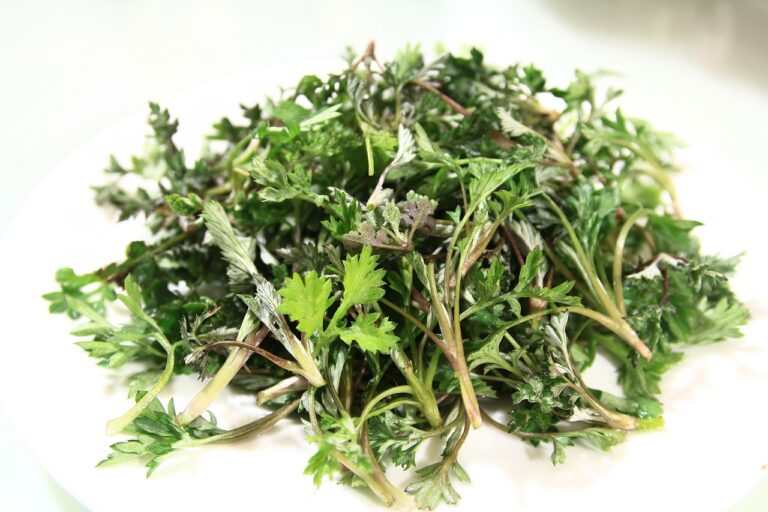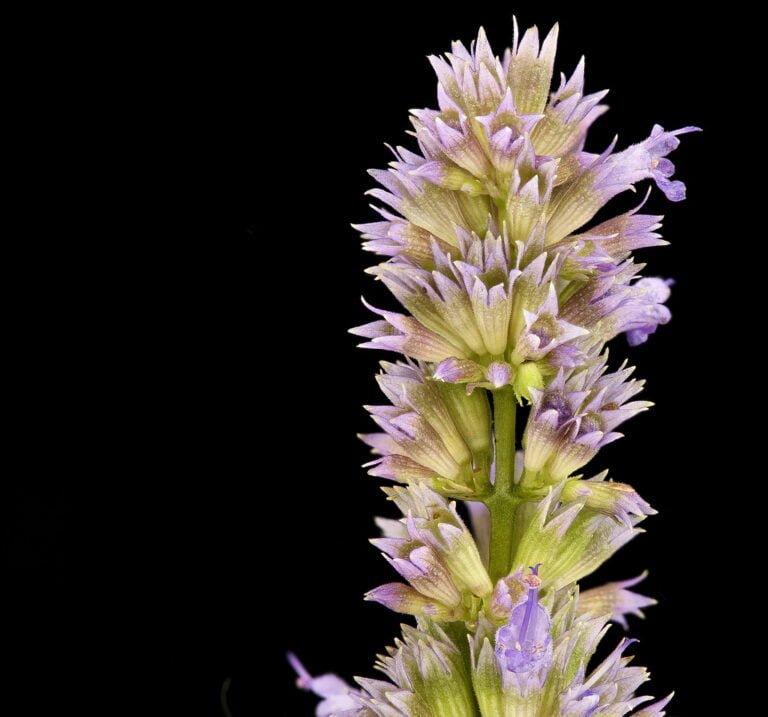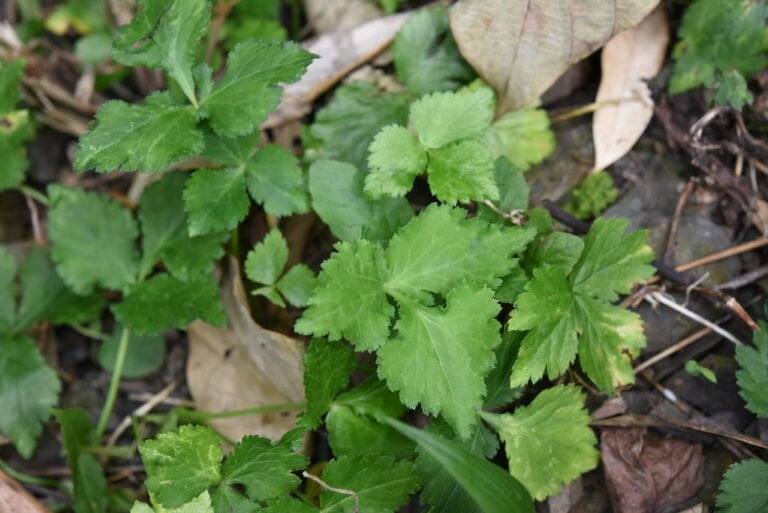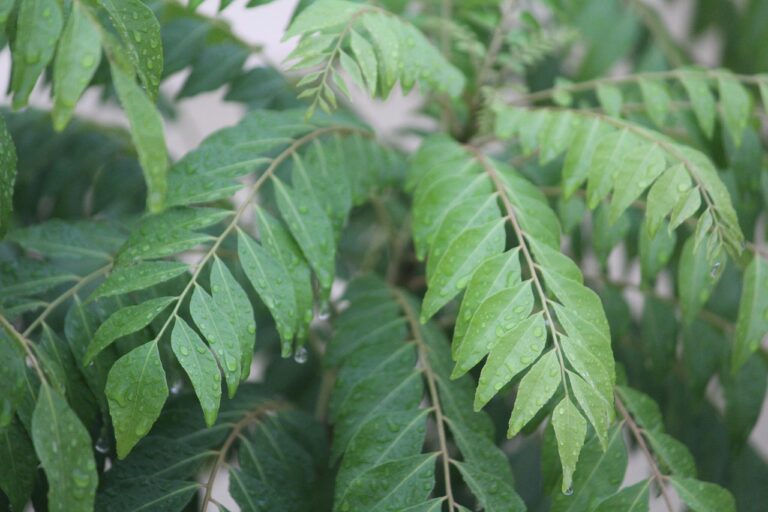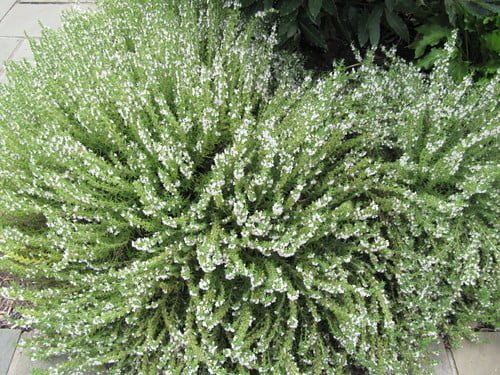Angelica
I am captivated by the multifaceted virtues of the aromatic Angelica plant, from its rich history in traditional medicine to its alluring influence on fashion and culinary domains. The plant’s potent musky fragrance and licorice-like flavor have been revered for centuries, with its roots, leaves, seeds, and young stems offering a spectrum of magical and medicinal properties. Angelica’s enchanting appearance, potent active ingredients, and culinary significance make it a versatile and valuable addition to any herbalist’s repertoire. The plant’s impact transcends mere aesthetics, encompassing healing, flavor, and mystical allure.
Angelica Plant Overview
Certainly enchanting in its core, the Angelica plant exudes a potent musky aroma and offers a warm, aromatic sweetness that is truly one-of-a-kind. As a biennial herb, Angelica thrives in cool climates with moist soil, growing with vigor to reach impressive heights. Its large compound umbels bear small yellowish-white to pinkish flowers that form a mesmerizing display in the summer months. The plant’s roots, leaves, seeds, and young stems carry a licorice-like flavor, making them versatile for culinary applications.
Angelica’s magical and medicinal properties have been revered throughout history. Believed to counteract poisons, ward off evil spirits, and possess potent healing powers, Angelica has a rich folklore attached to its name. In addition to its mystical reputation, Angelica finds its way into teas, infusions, and culinary creations for its unique taste profile. The licorice-like notes add depth to dishes, making it a sought-after ingredient for those looking to elevate their culinary experiences.
The allure of Angelica lies not only in its enchanting fragrance and taste but also in its versatility. From ancient remedies to modern-day culinary delights, this herb continues to captivate with its blend of history, flavor, and aroma.
Angelica Characteristics and Features
Angelica possesses unique traits that set it apart from other plants, showcasing a blend of beauty and mystery. Its impact on fashion and beauty secrets have intrigued many, making it a fascinating subject of study. Exploring Angelica’s characteristics sheds light on its allure and significance in various domains.
Angelicas Unique Traits
With a mesmerizing array of distinctive features and unparalleled characteristics, Angelica plants stand out as botanical wonders of nature. The roots of Angelica plants contain potent active ingredients like furocoumarins, which are widely used for medicinal and flavoring purposes. Angelica species boast large bipinnately compound leaves that add to their striking appearance. Their flowers are typically white or greenish-white and are arranged in umbrella-shaped clusters known as umbels, attracting various pollinators. Beyond their physical attributes, Angelica has a rich history of traditional uses, including wound healing, respiratory remedies, and even being incorporated into ritual practices across different cultures. These unique traits not only make Angelica plants visually enchanting but also invaluable in traditional medicine and culinary applications.
Angelicas Beauty Secrets
Exuding an ethereal allure, Angelica’s beauty secrets lie in its enchanting traits and unique features.
- The plant’s tall stature is complemented by its bipinnate leaves, adding a touch of elegance to any garden or landscape.
- Angelica’s roots harbor essential active ingredients used both for flavoring liqueurs and in various medicinal concoctions, showcasing its dual-purpose nature.
- Its culinary significance extends to its flavoring properties, with edible parts like the roots and seeds imparting a delightful licorice taste to dishes.
These characteristics not only contribute to Angelica’s physical beauty but also highlight its practical uses in both the kitchen and herbal medicine, making it a versatile and valuable addition to any herbalist’s repertoire.
Angelicas Impact on Fashion
Enthralling fashion trends draw inspiration from Angelica’s striking features and mystical allure, weaving a tapestry of enchantment and elegance in the world of style. The plant’s tall stems, large bipinnate leaves, and compound umbels of white or greenish-white flowers have influenced color palettes and patterns in fashion collections, adding a touch of natural beauty. Angelica’s musky odor and warm aromatic sweet taste have left a lasting impact on perfumery and scent trends, infusing a sense of sophistication into fragrances. Furthermore, its association with protection and purification has led to symbolic representations in fashion designs and accessories, symbolizing resilience and clarity. This historical and mystical connection to medicinal and magical practices has contributed to the enigmatic allure that Angelica imparts to modern fashion creations.
Angelica Medicinal Uses
Angelica’s roots and rhizomes contain furocoumarins, showcasing their potent medicinal properties. As a long-time enthusiast of herbal remedies, I am thrilled to share some insights into the medicinal uses of Angelica archangelica:
- Traditional Chinese Medicine: The roots and seeds of Angelica archangelica have been integral to traditional Chinese medicine for centuries. Known for their ability to invigorate the blood and harmonize bodily functions, Angelica is revered for its role in addressing various health issues.
- Wound Healing: Angelica has a rich history of being used for wound healing. Its anti-inflammatory and antibacterial properties make it a valuable natural remedy for promoting skin regeneration and accelerating the healing process.
- Respiratory Support: Angelica species have been smoked to alleviate respiratory ailments. From colds to more severe respiratory problems, Angelica’s expectorant properties help clear congestion and support lung health.
The profound impact of Angelica in the domain of medicinal applications is a confirmation to the potent properties contained within this remarkable plant. Whether used in traditional Chinese medicine or embraced for its wound-healing abilities and respiratory support, Angelica continues to be a valuable herbal ally in promoting holistic well-being.
Angelica Culinary Applications
Exploring the world of culinary delights, Angelica reveals its versatility and charm through a myriad of delicious applications. The roots of angelica, known for their robust and earthy flavor, are commonly used to flavor liqueurs such as gin and Chartreuse. This imparts a unique depth to these beverages, making them stand out with a botanical twist.
In addition to the roots, angelica leaves also play an essential role in culinary creations. These large compound leaves can be a surprising addition to salads, bringing a fresh and herbaceous note that elevates the dish. Moreover, the stalks of angelica offer a sweet treat when candied, or they can be used as a celery substitute, adding a hint of complexity to various recipes.
Angelica’s influence extends beyond just cocktails and salads. It is a key ingredient in Italian and French herbal liqueurs, enhancing their complexity and providing a distinctive flavor profile that sets them apart. For those looking to experiment further, infusing angelica in vodka for up to 24 hours can reveal a whole new world of taste sensations, perfect for adventurous mixologists and culinary enthusiasts alike.
Angelica Magical Properties
With an aura of mystique and ancient wisdom, Angelica possesses magical properties that have captivated cultures worldwide. This herb is not just a culinary delight but also a powerful tool for protection and purification. Here are some fascinating insights into Angelica’s mystical qualities:
- Protection: Angelica is deeply rooted in various traditions as a potent protective herb. From countering poisons to warding off evil spirits, its magical properties have been revered for centuries. The herb’s presence is believed to create a shield against negative energies, promoting a sense of security and well-being.
- Purification: Known for its strong musky odor and warm aromatic taste, Angelica is associated with angelic healing powers that cleanse both the body and spirit. It is often used in rituals to purify spaces and individuals, driving away malevolent forces and restoring harmony.
- Positive Energy: In magical practices, Angelica is celebrated for its ability to attract positive energy and dispel negativity. Essential oils derived from Angelica are incorporated into perfumes, soaps, and salves to harness its mystical properties, bringing about a sense of balance and serenity.
The enchanting allure of Angelica’s magical properties continues to intrigue and inspire those who seek its benevolent influence.
Angelica Growing Tips
To foster thriving Angelica plants, it is crucial to provide the ideal conditions of shade and moist soil for their peak growth. Angelica, recognized for its biennial leaves and status as a perennial herb, flourishes in areas with partial shade and damp soil. Plant the seeds directly where you want the plant to grow, as Angelica dislikes transplanting. For best establishment, plant Angelica in the fall, after the rains begin, allowing it to settle in before winter. Once established, Angelica can survive without extra watering, making it a low-maintenance addition to your garden.
To guarantee a fresh crop of Angelica every year, allow some plants to go to seed. This will not only ensure a continuous supply but also support the natural life cycle of this herb. By providing the right environment and allowing for natural seed propagation, you can enjoy the benefits of Angelica year after year with minimal effort.


